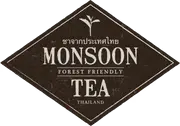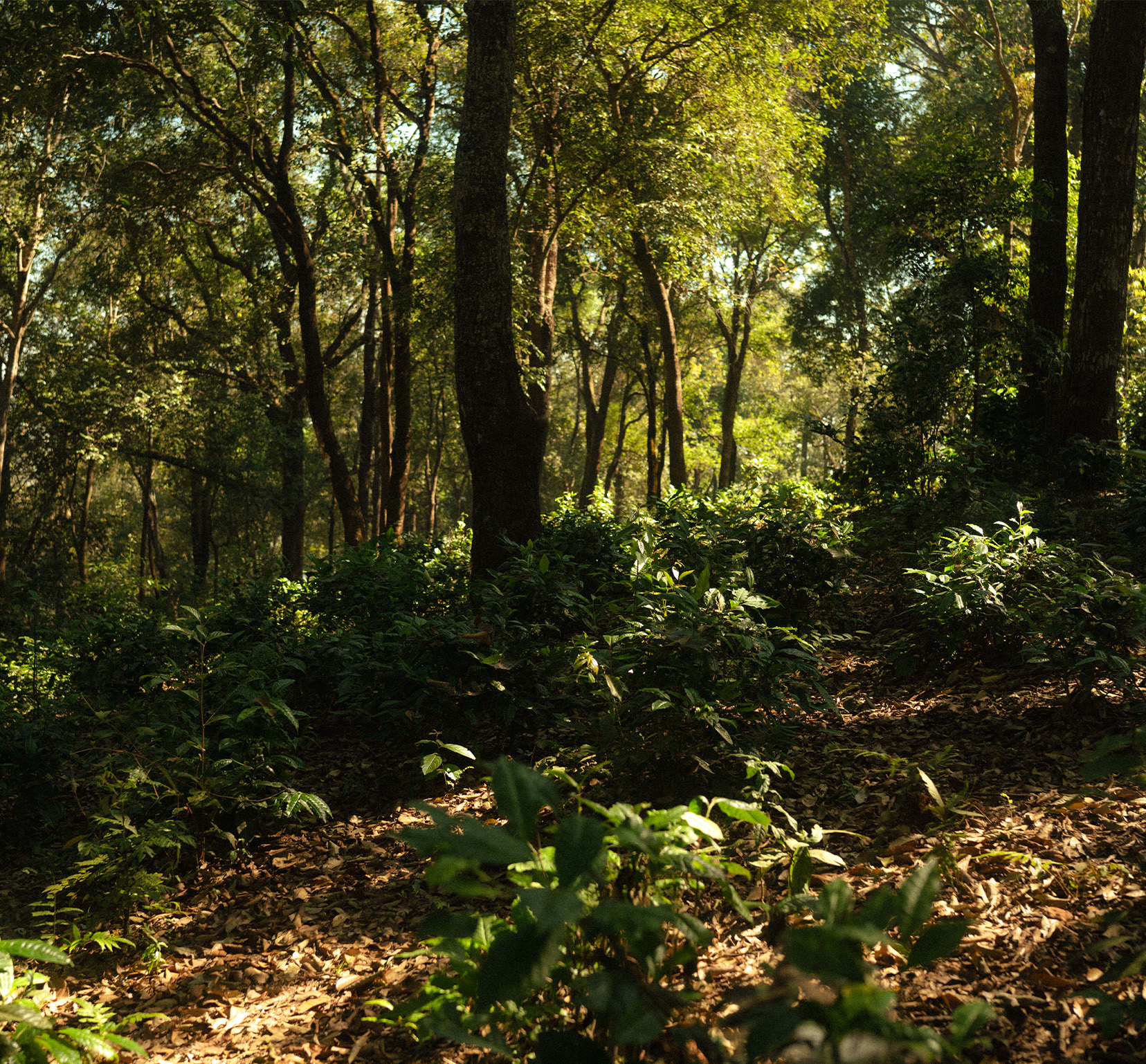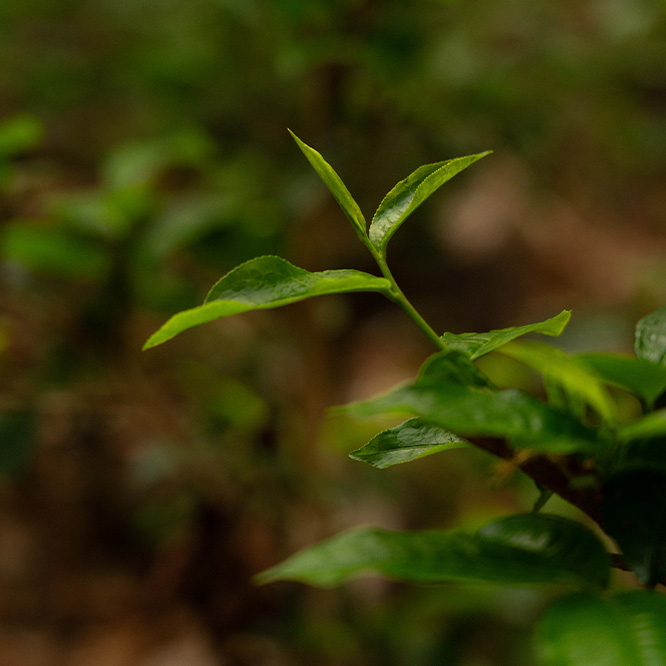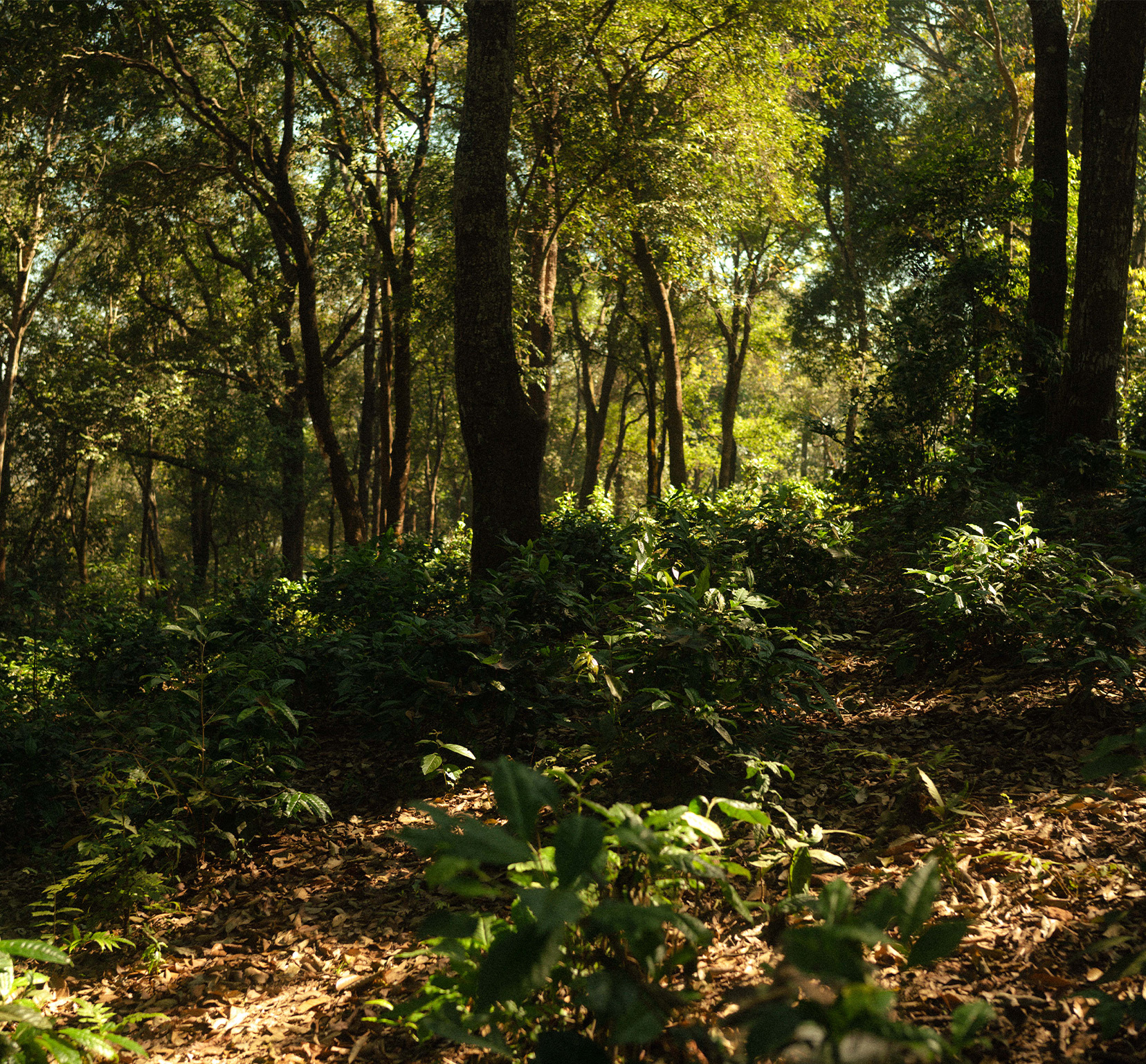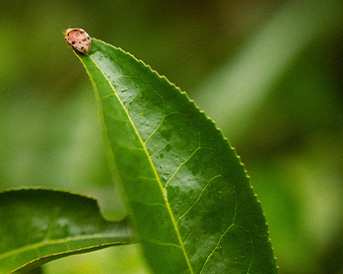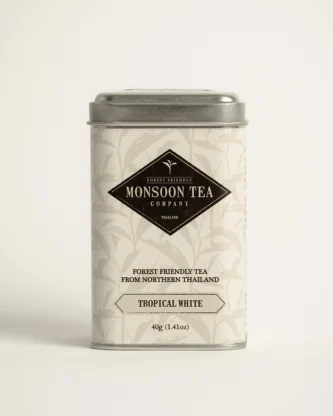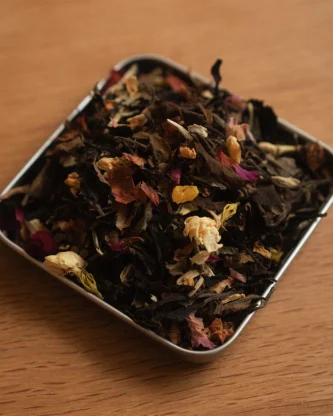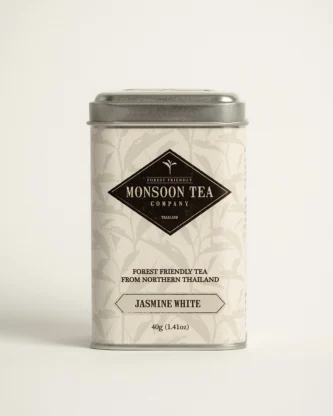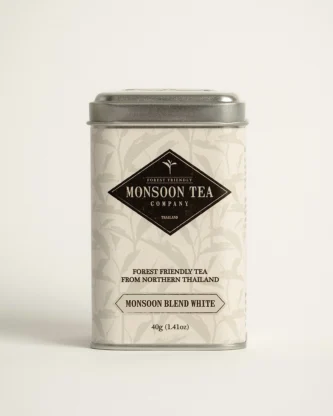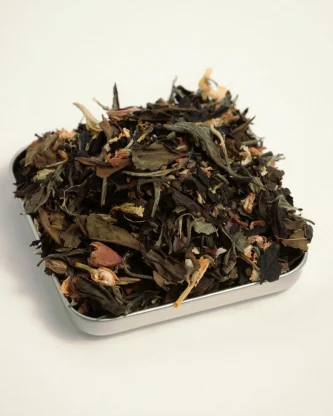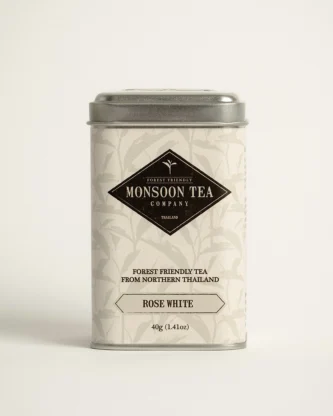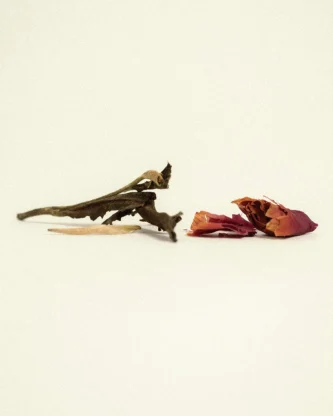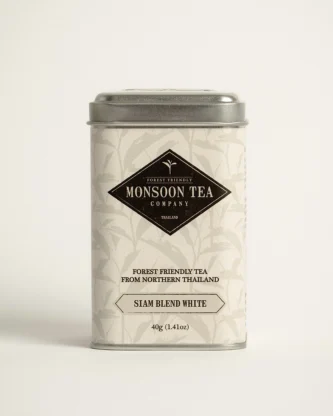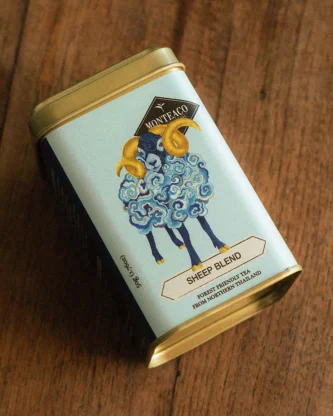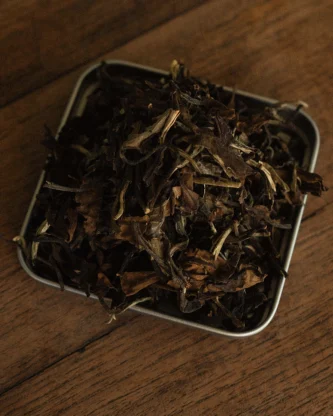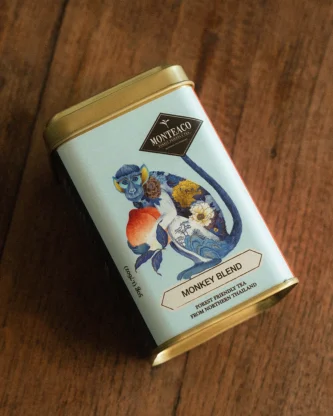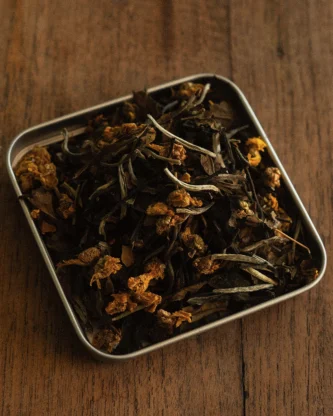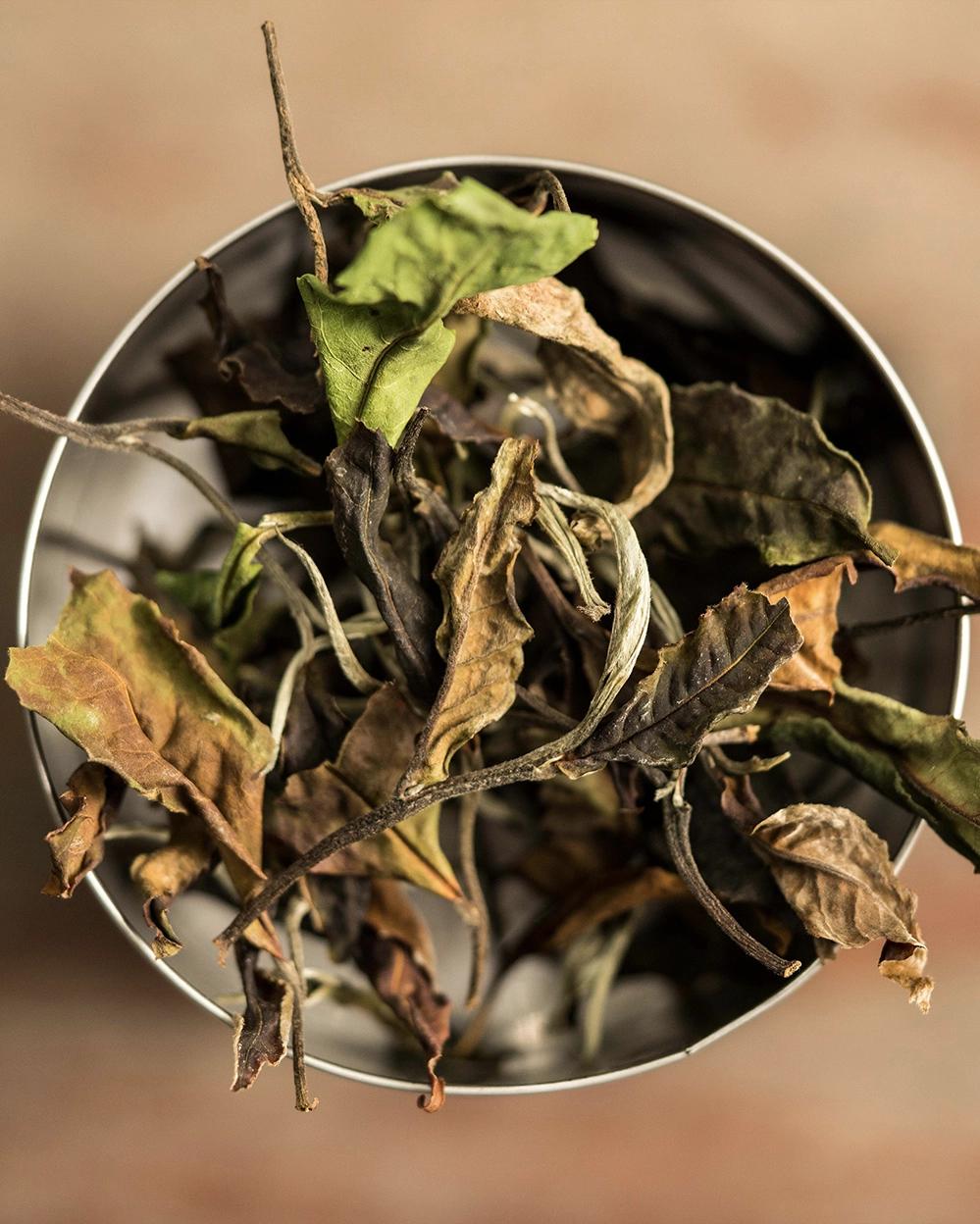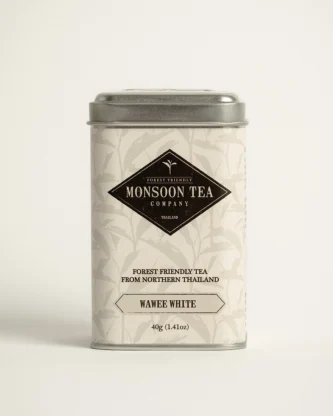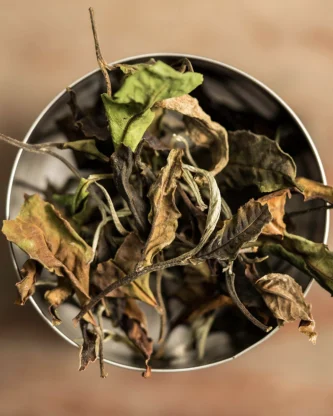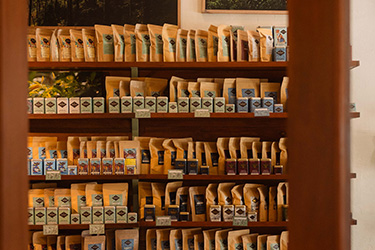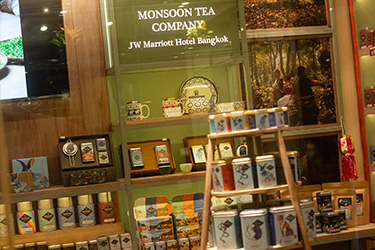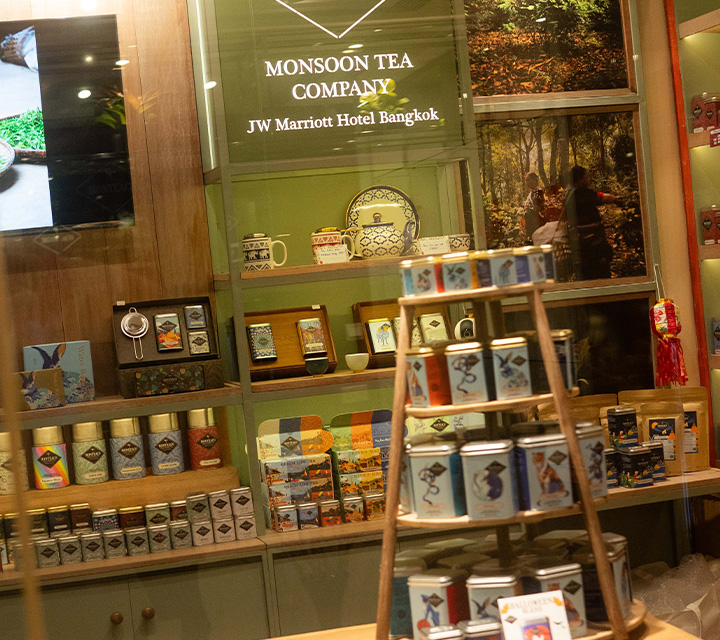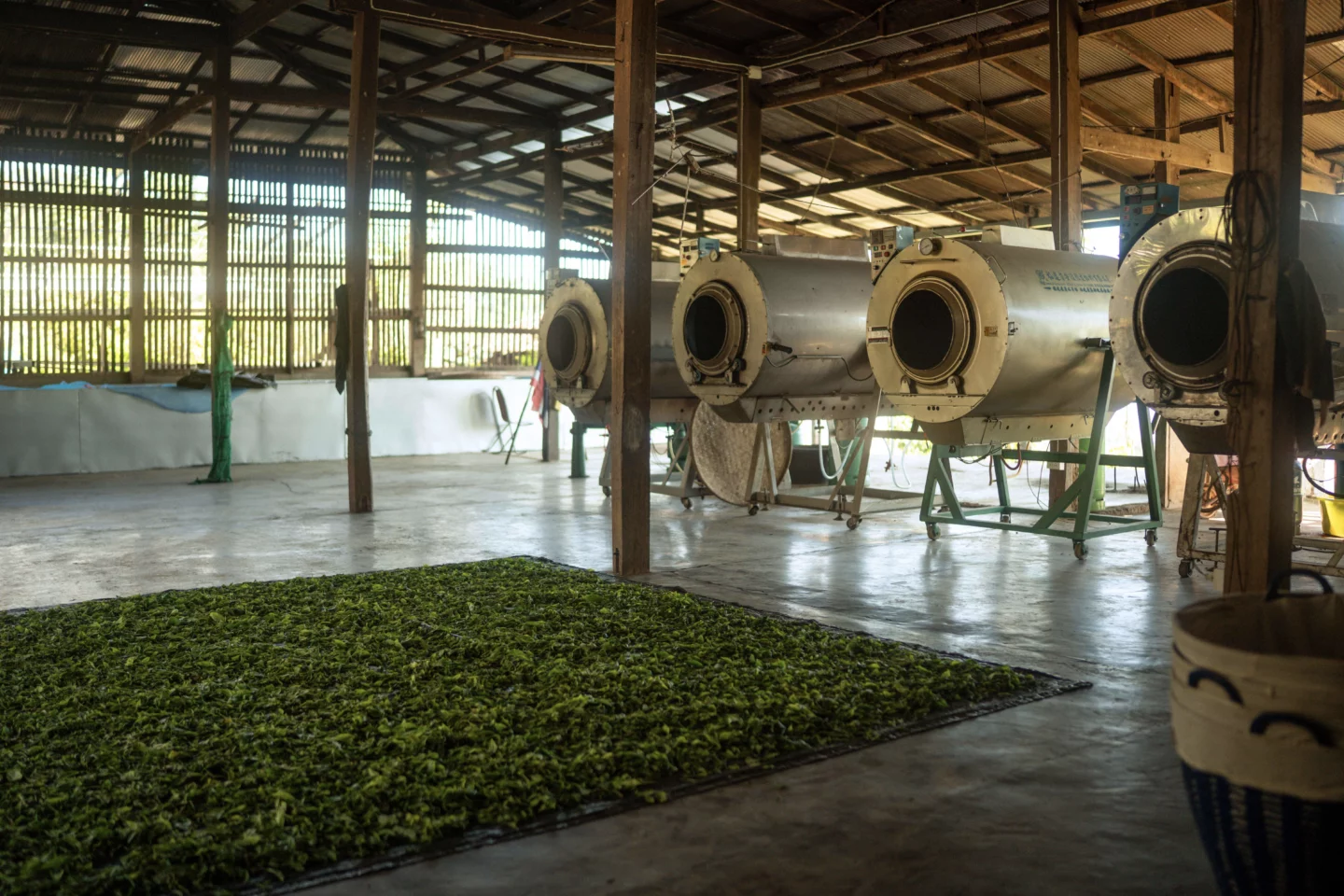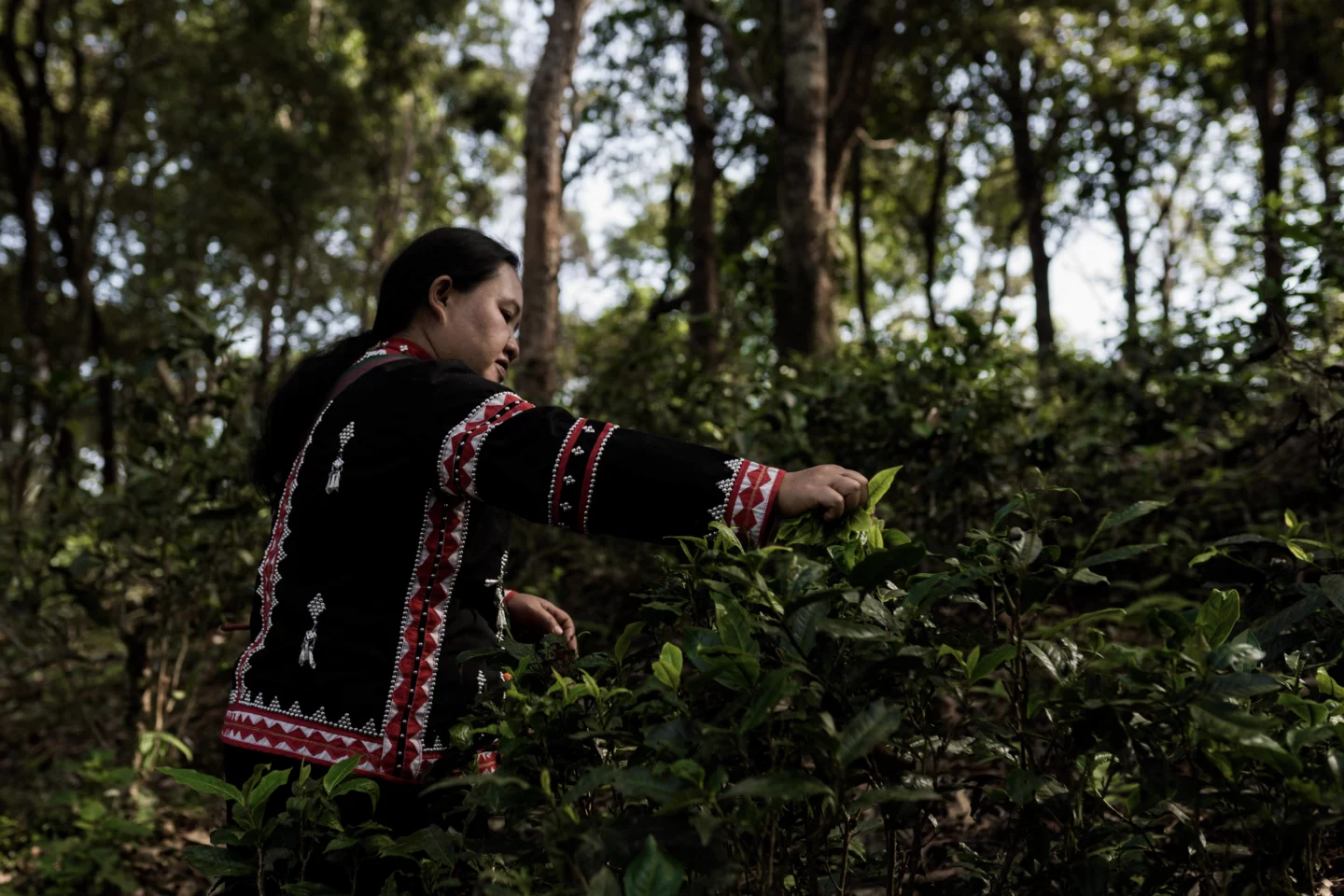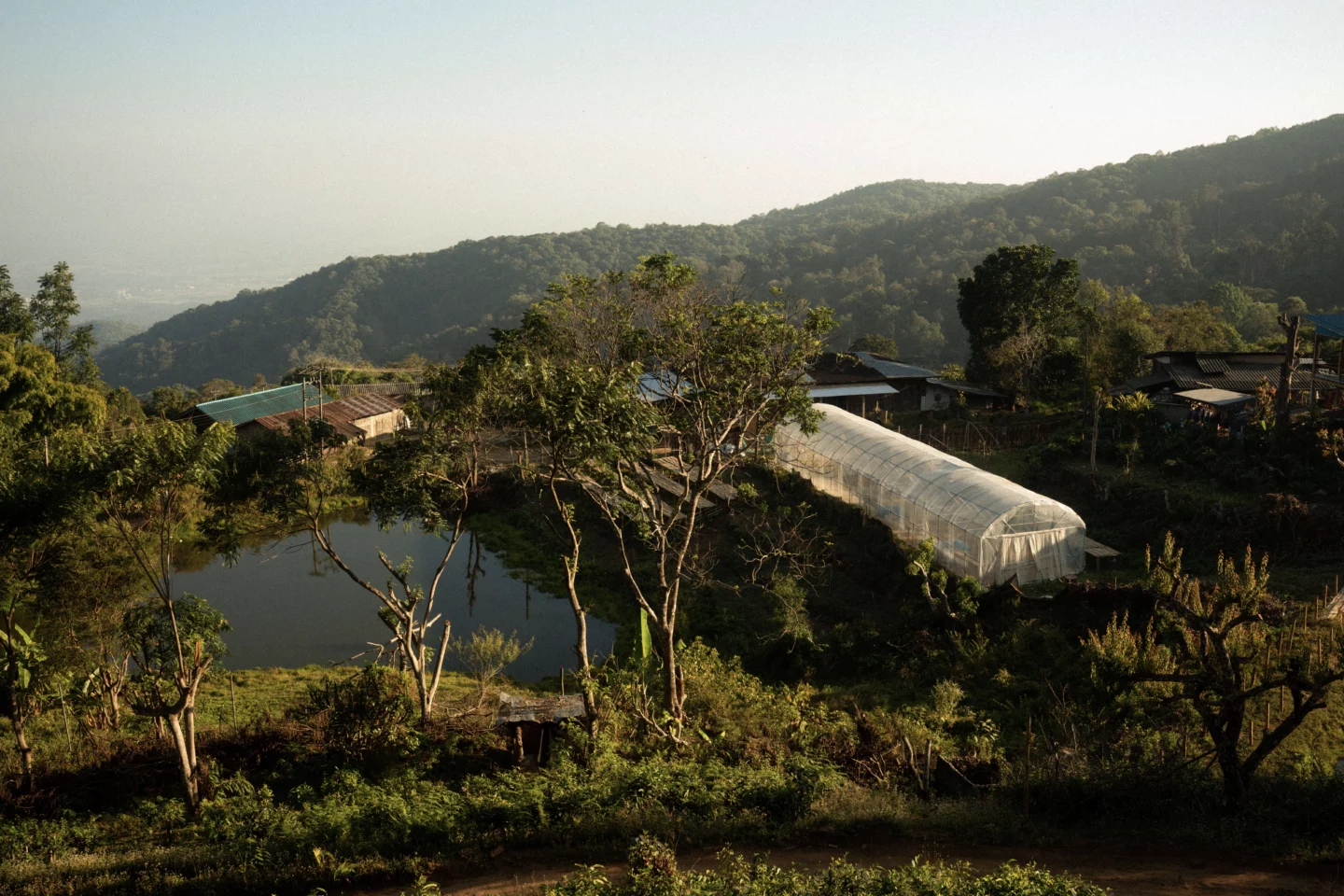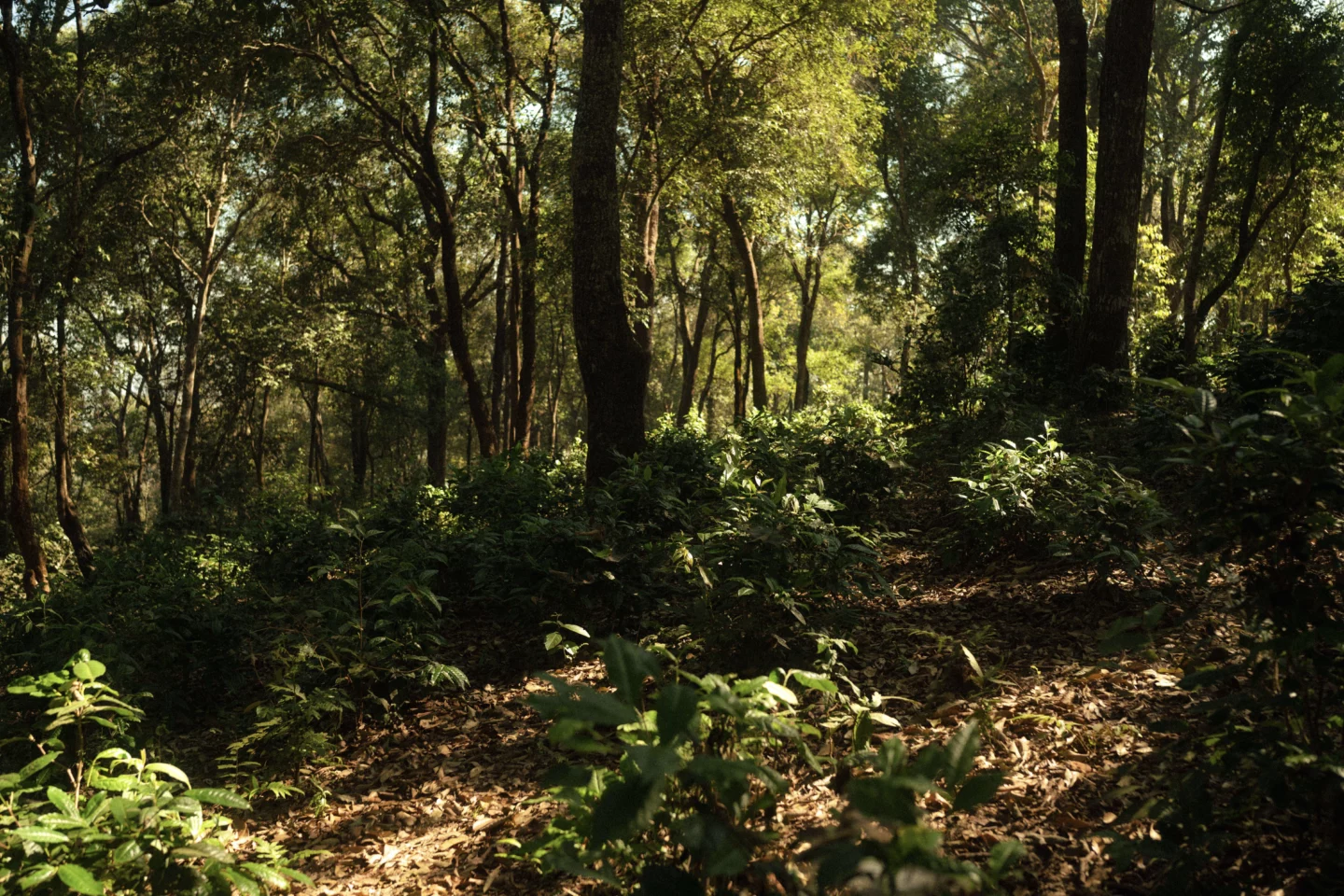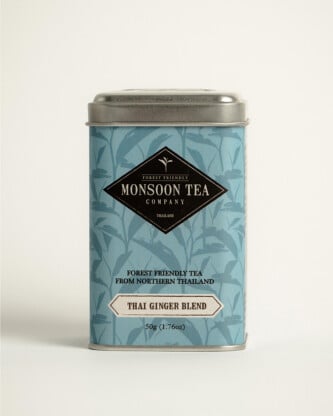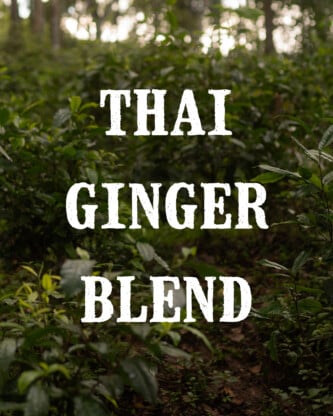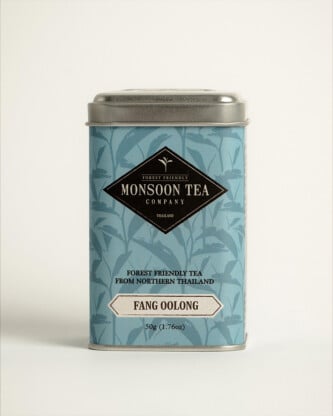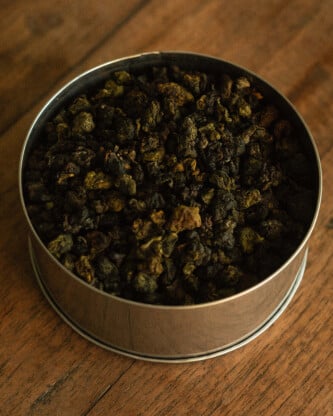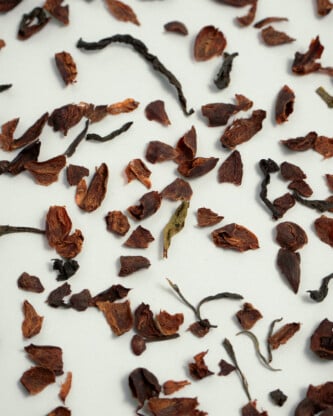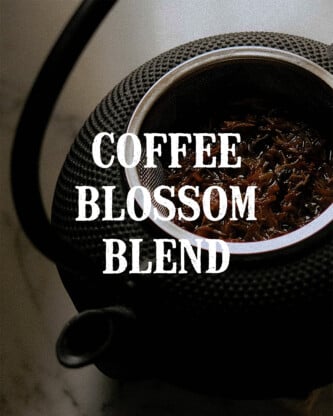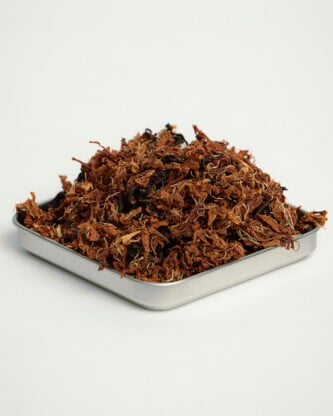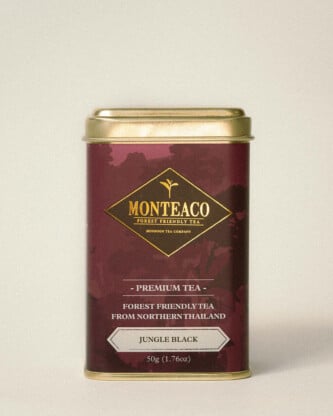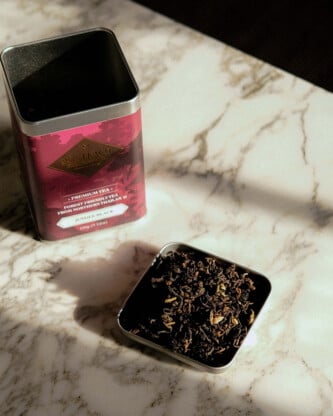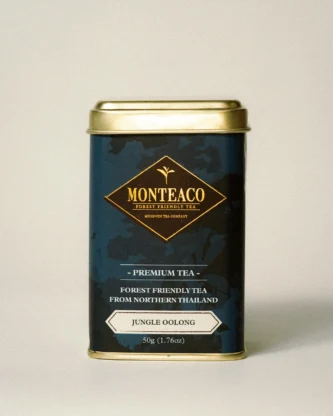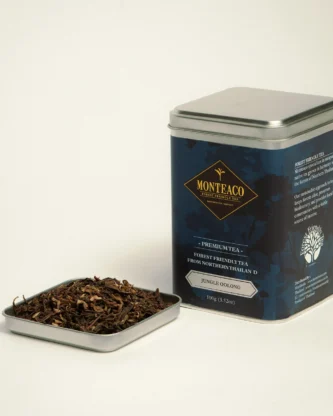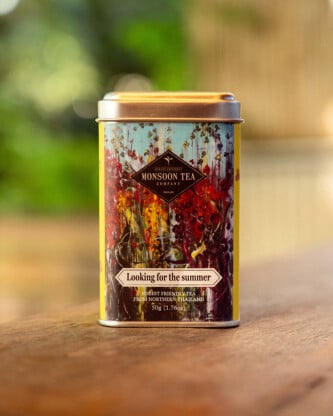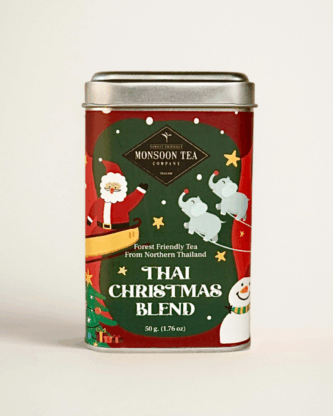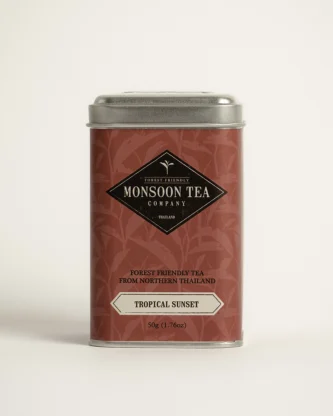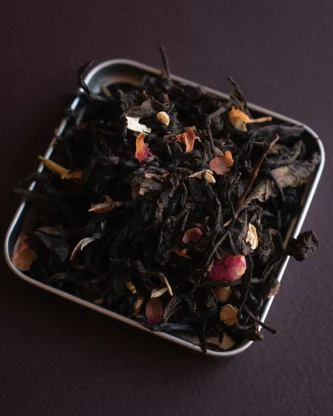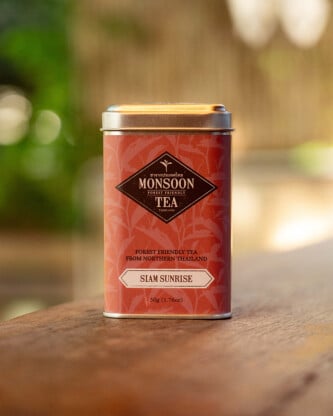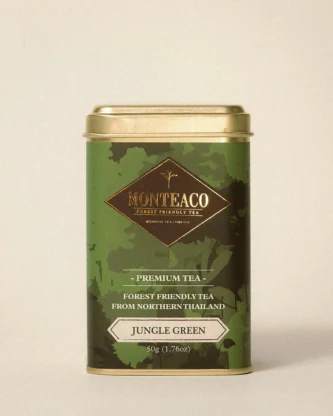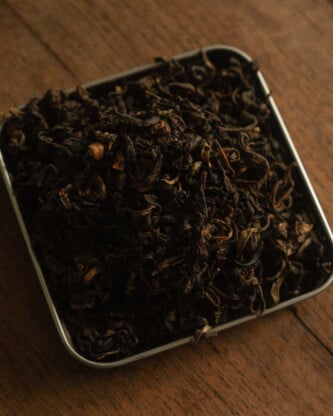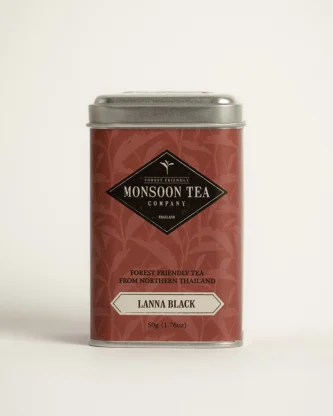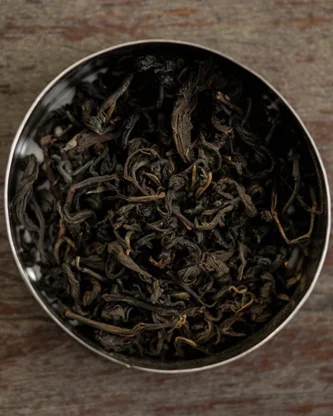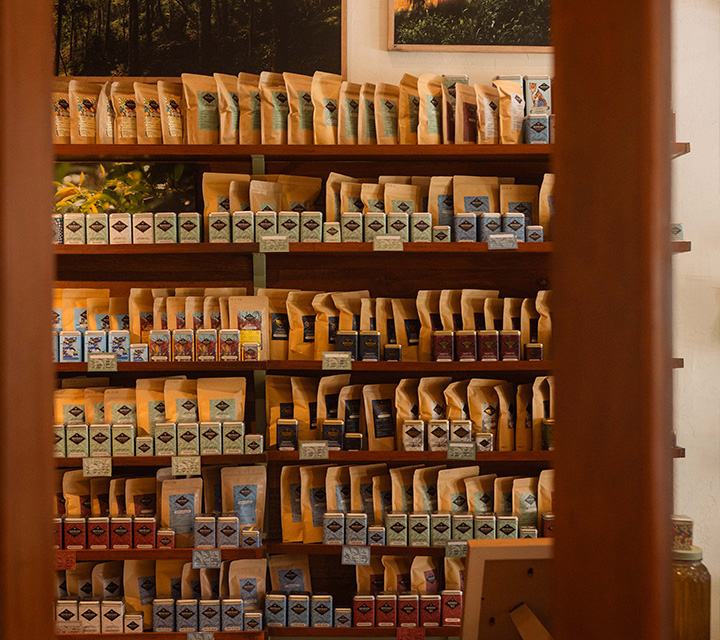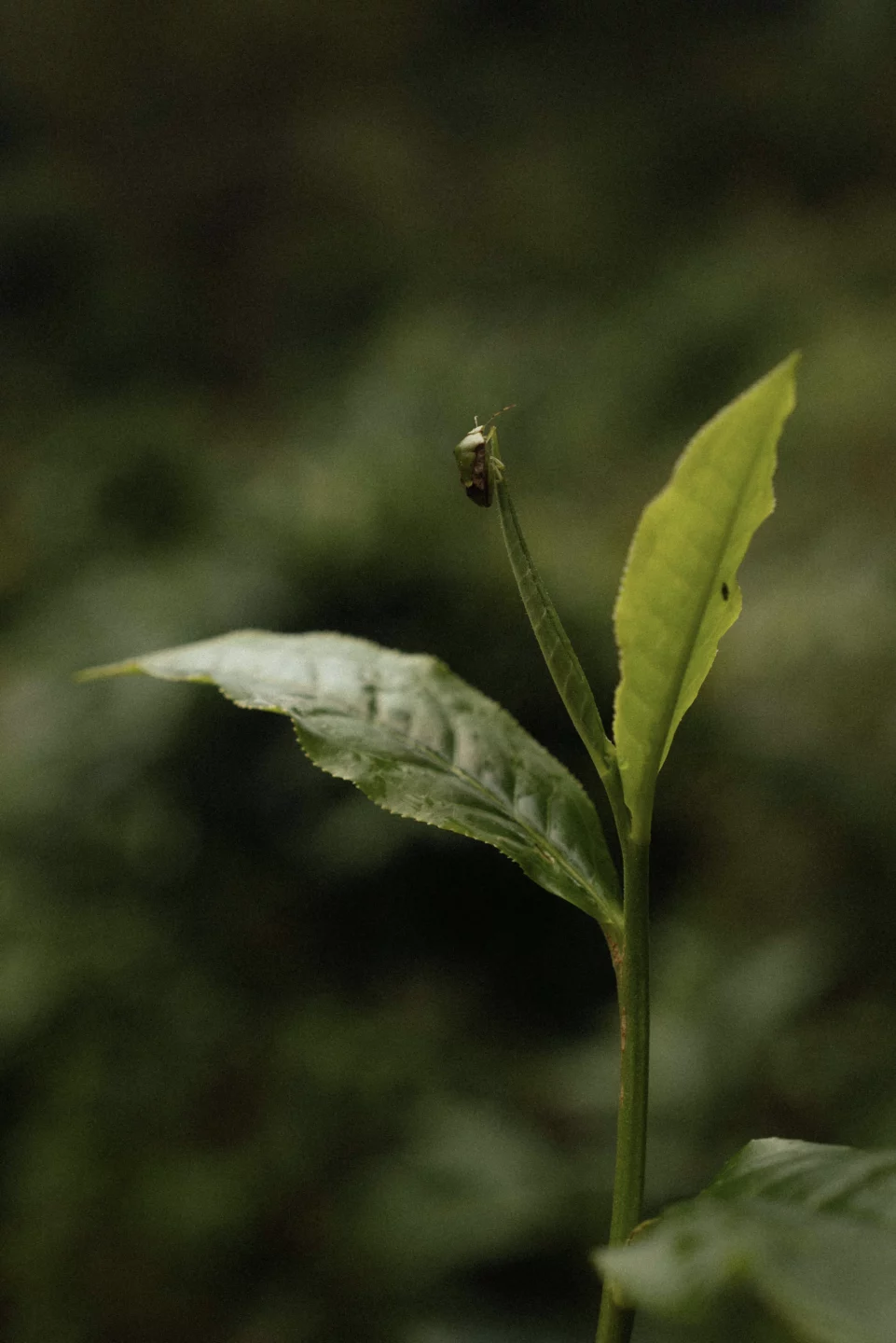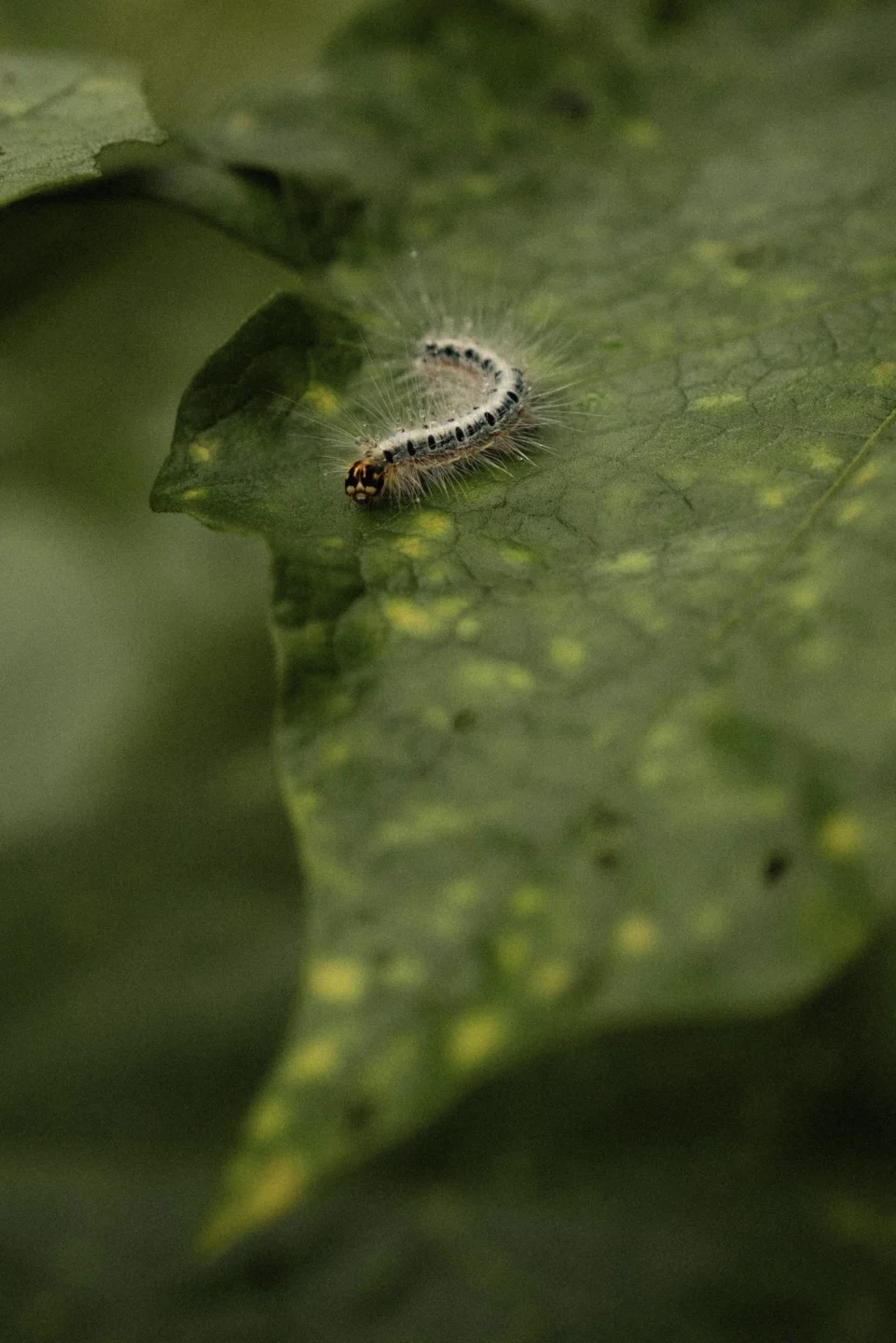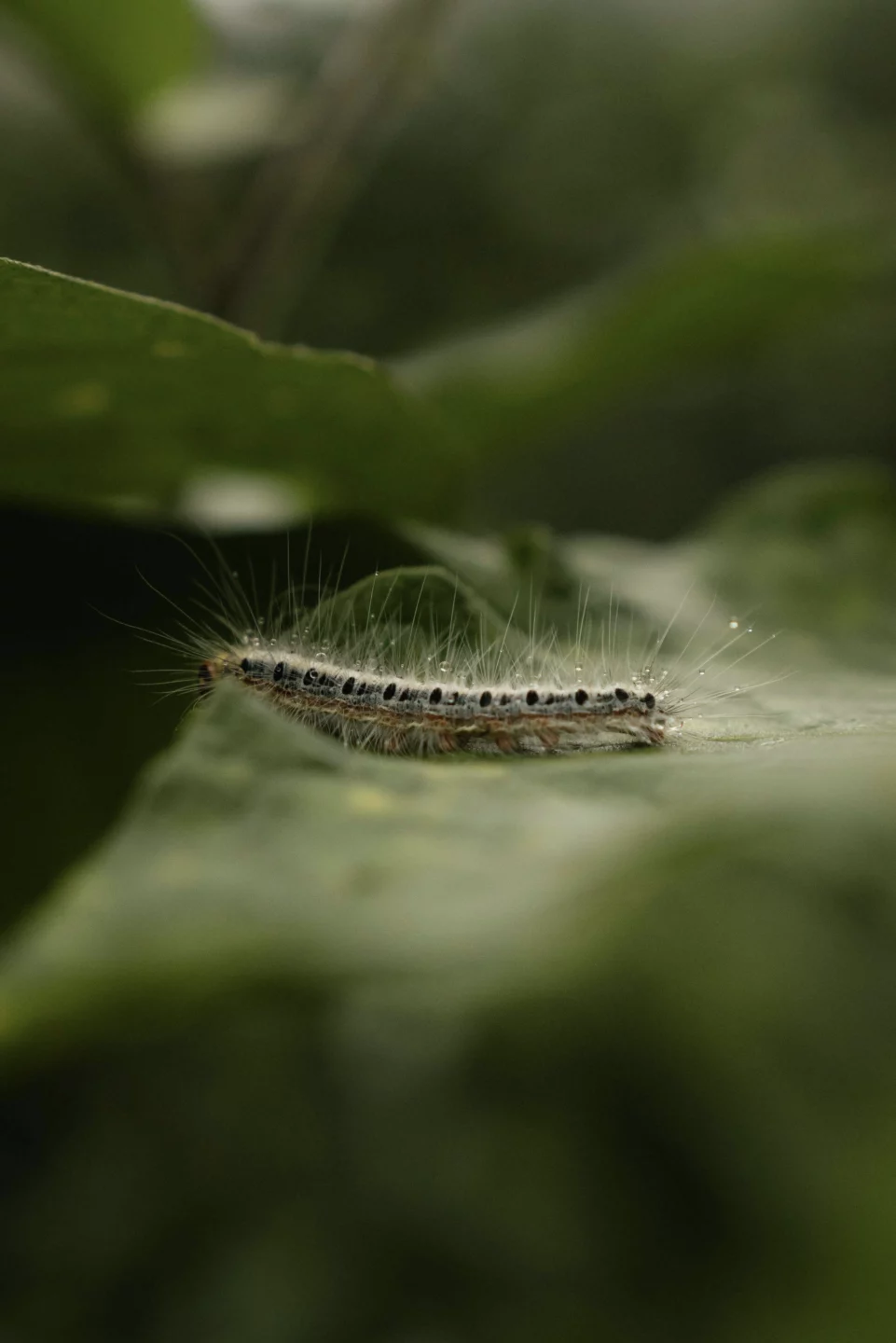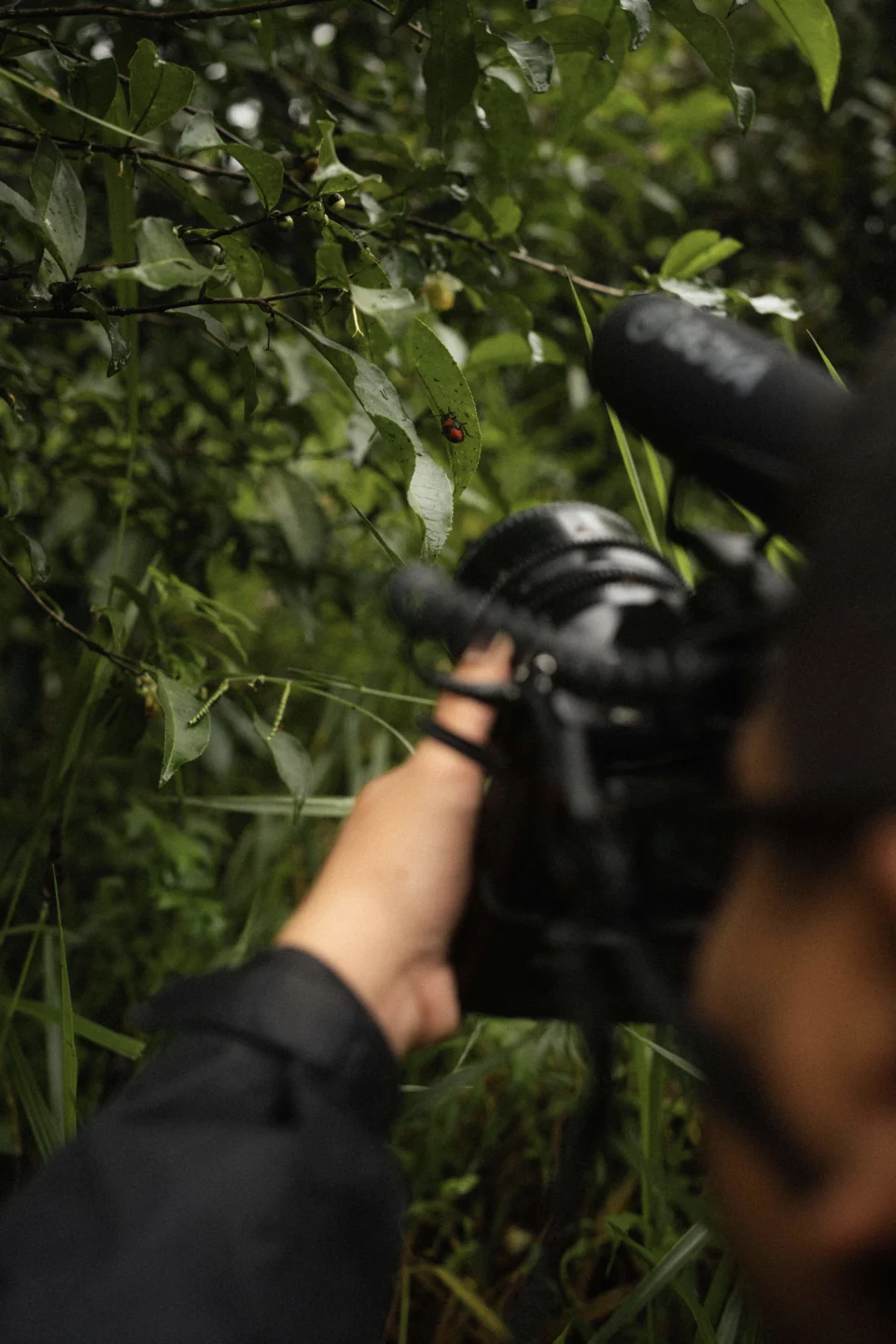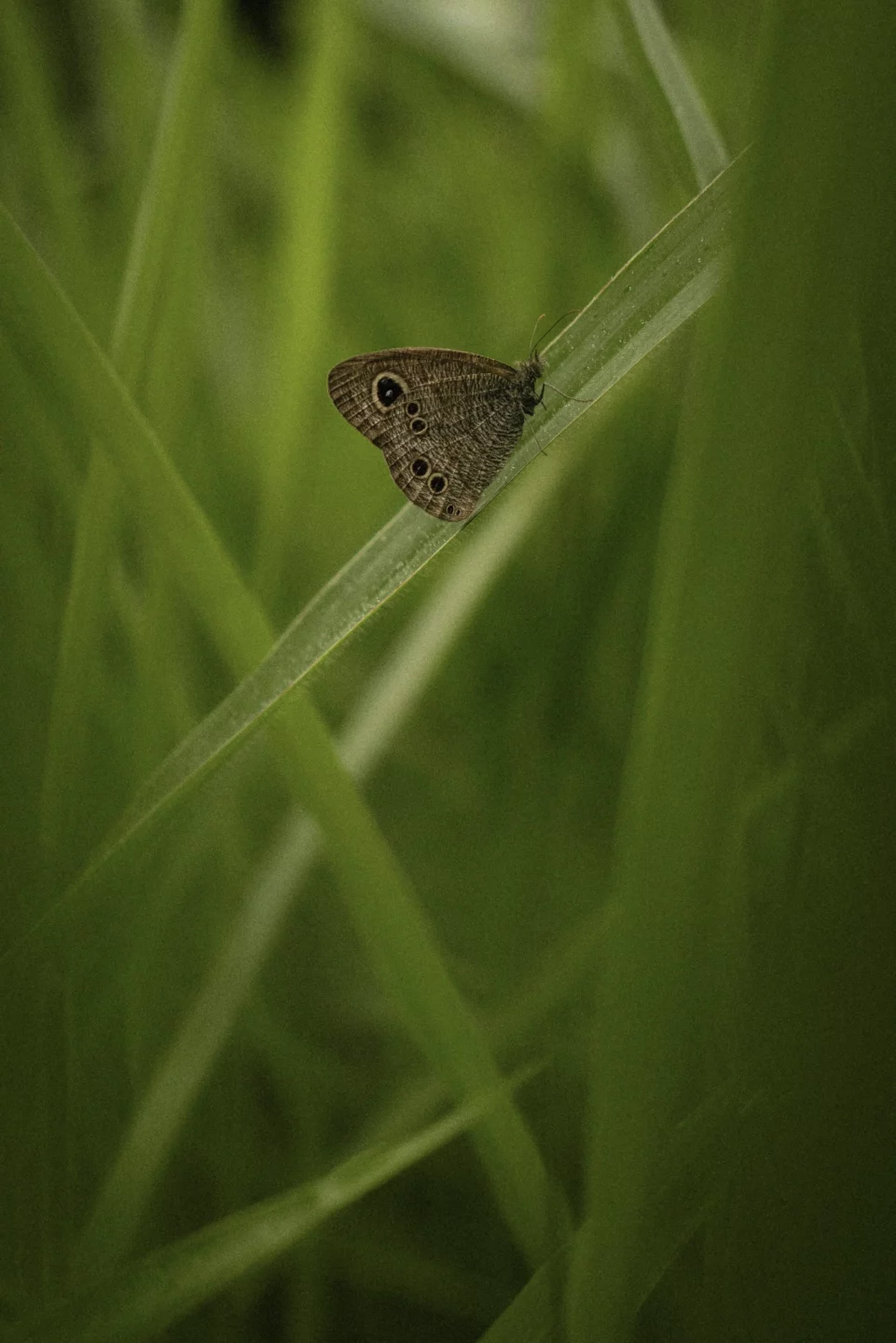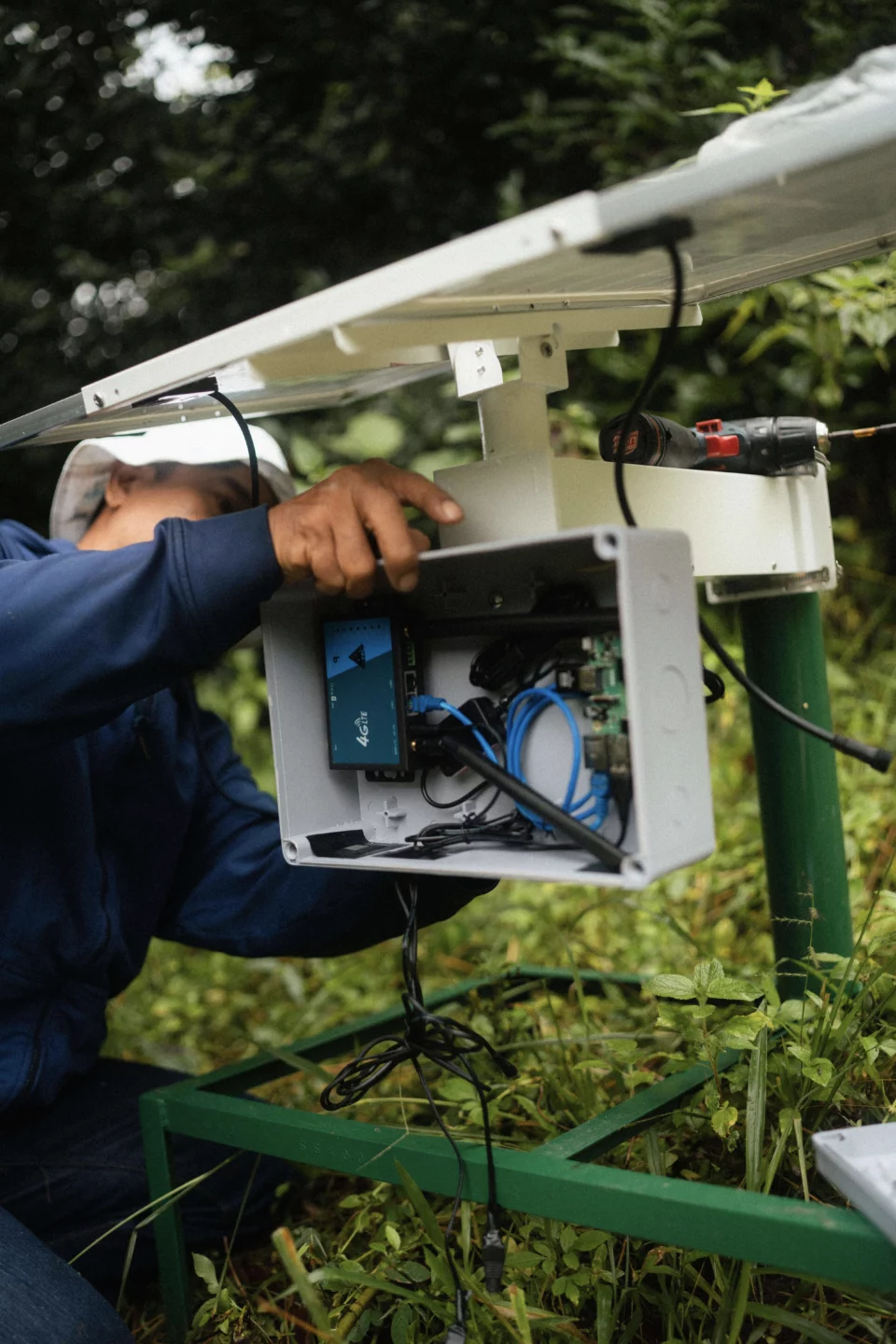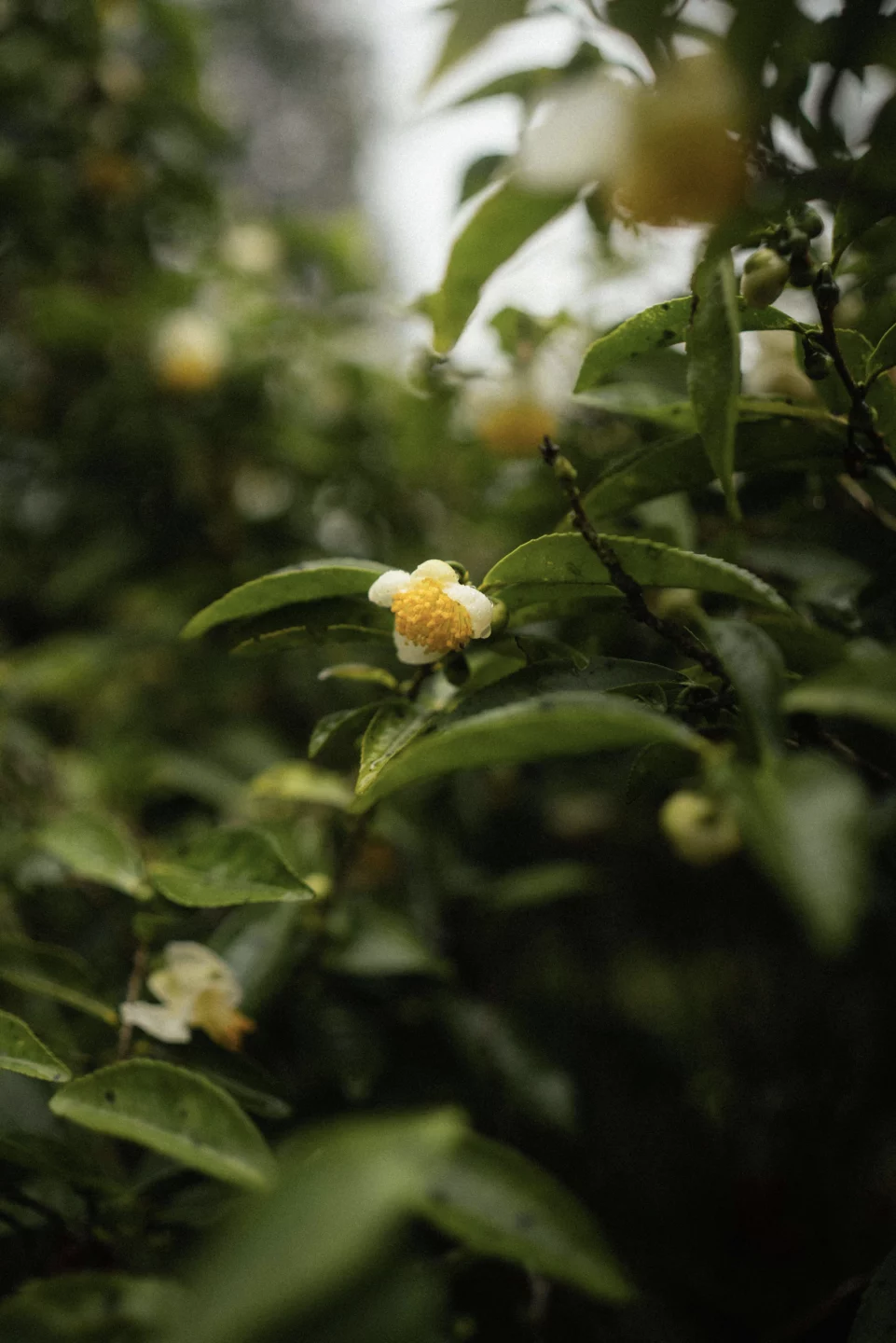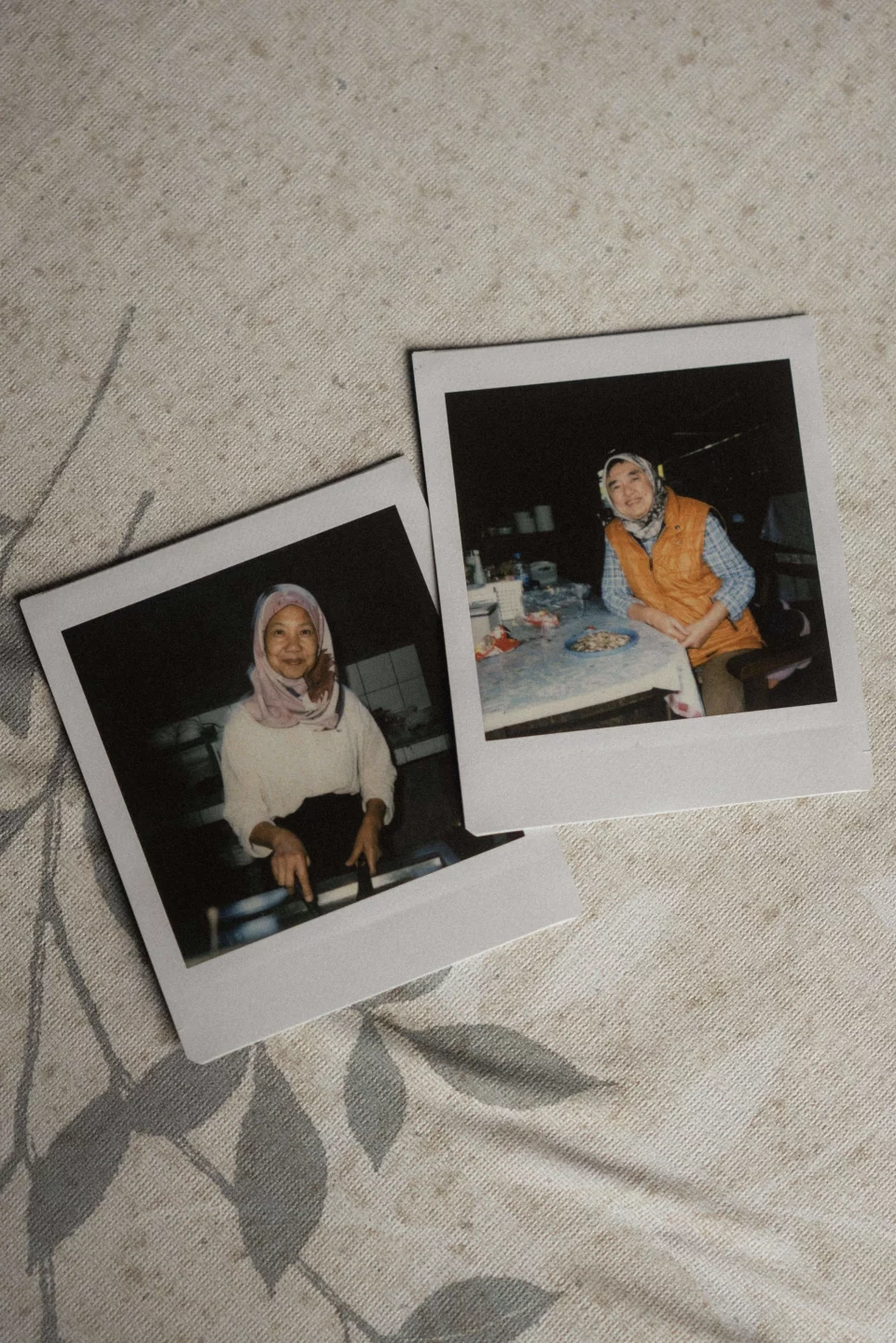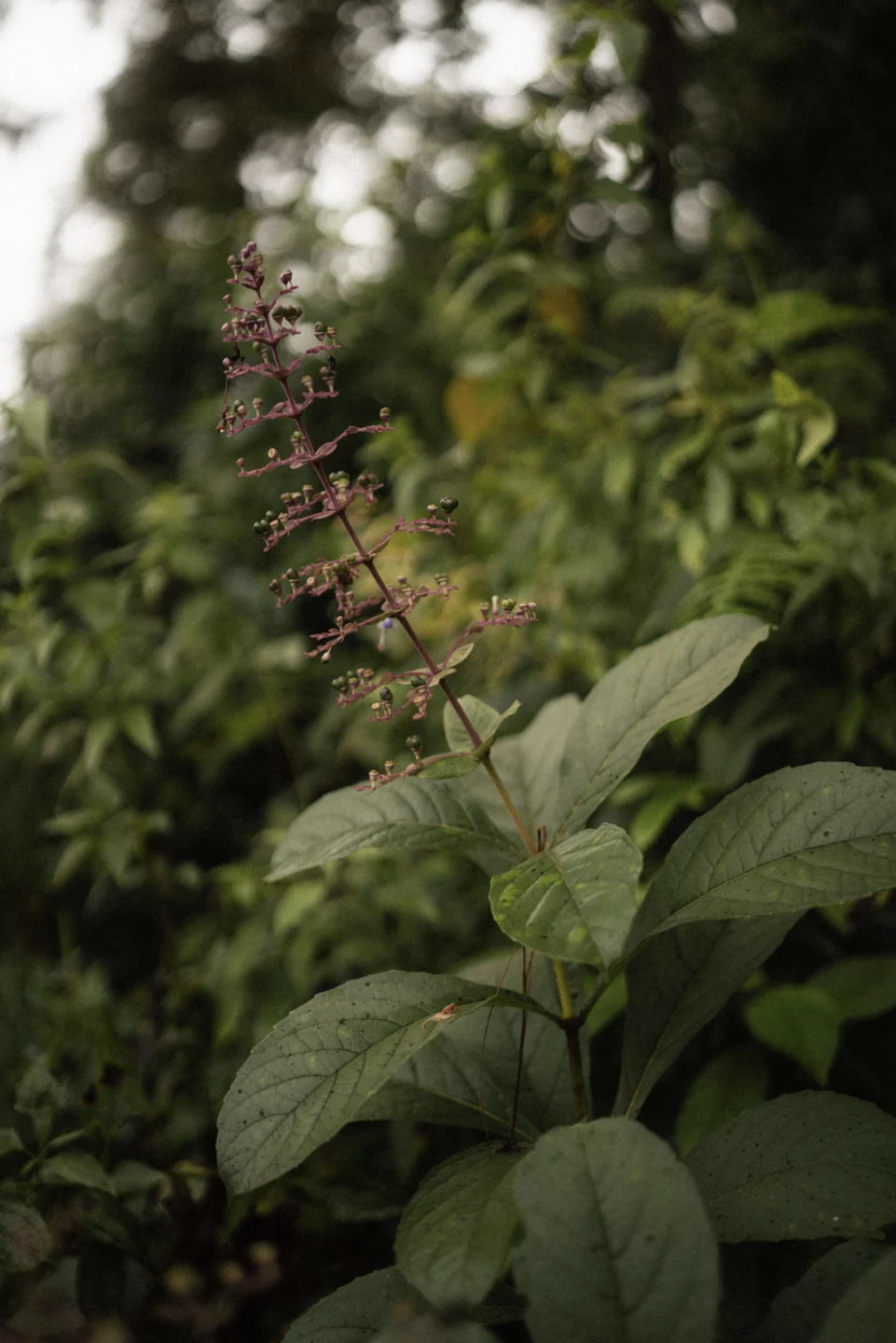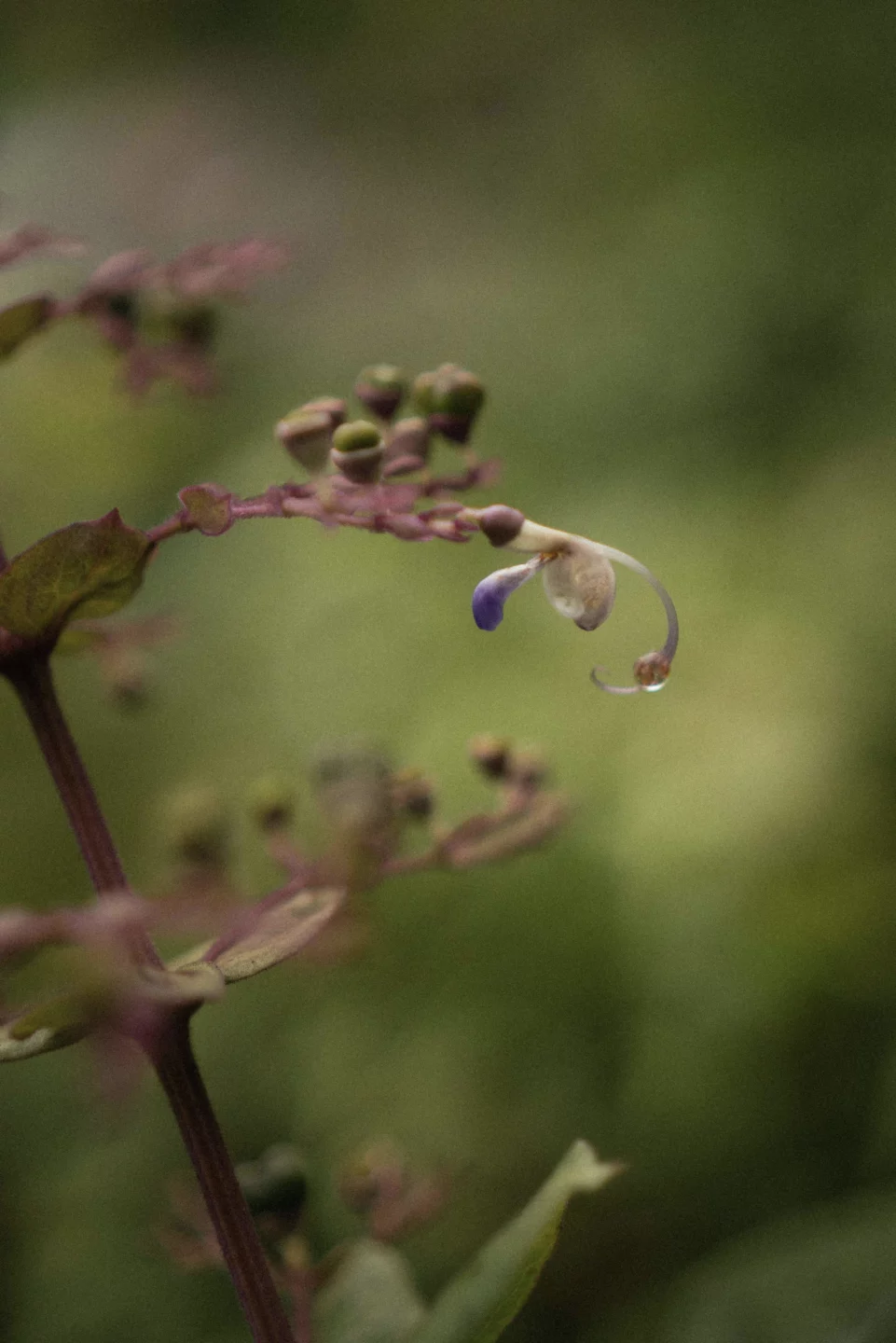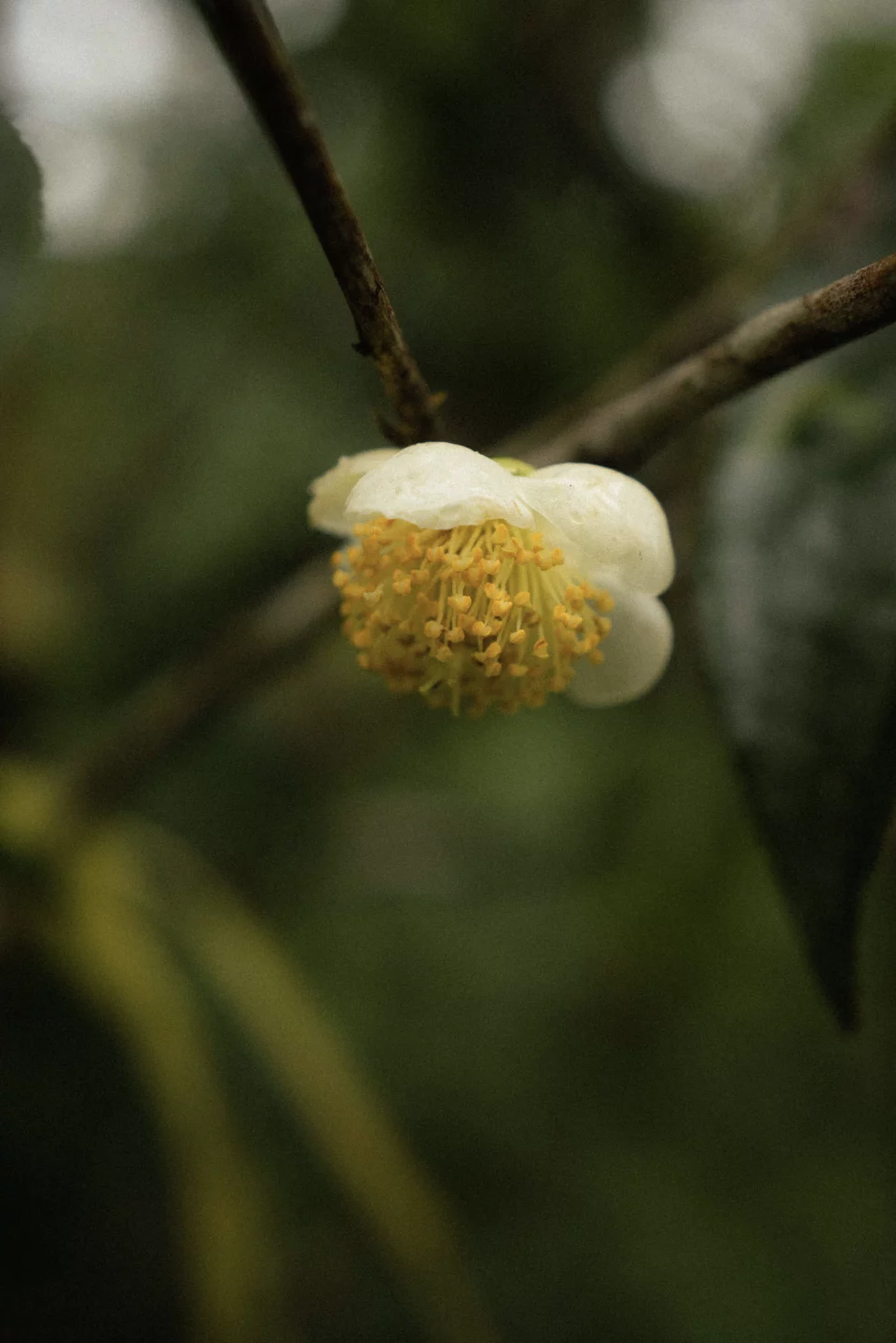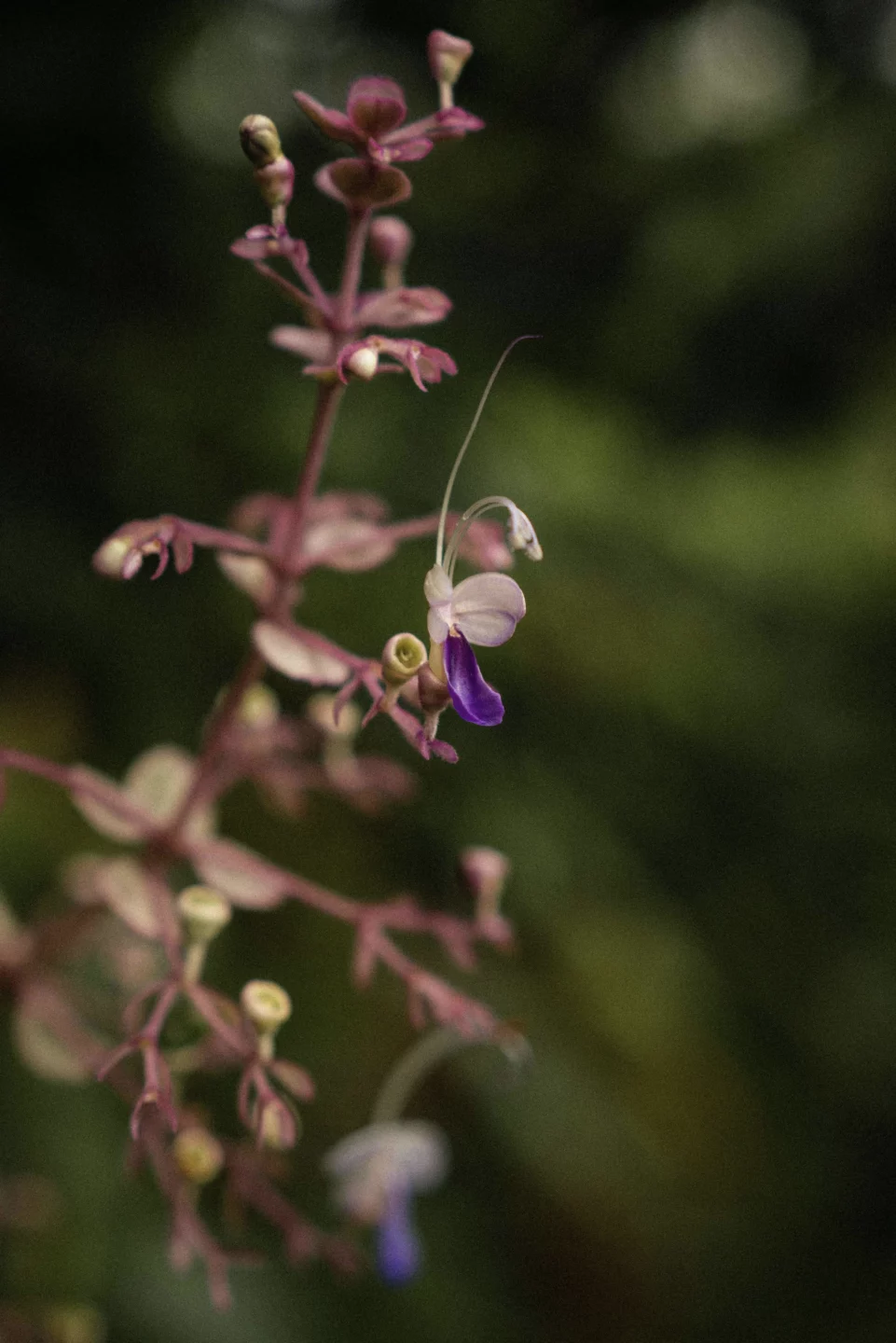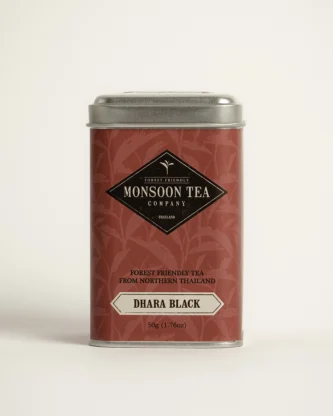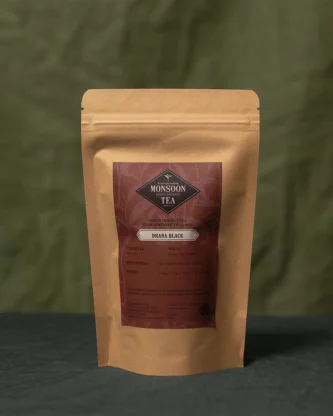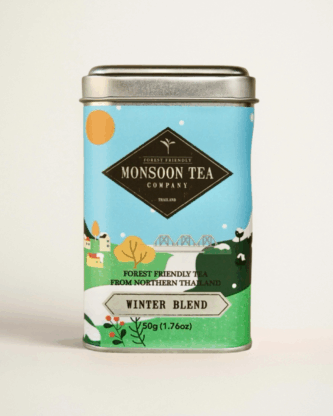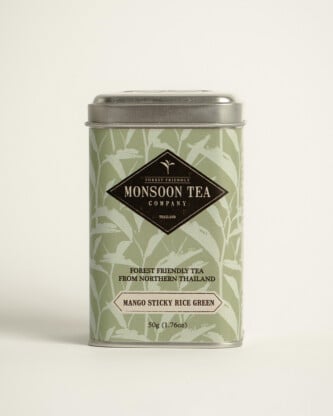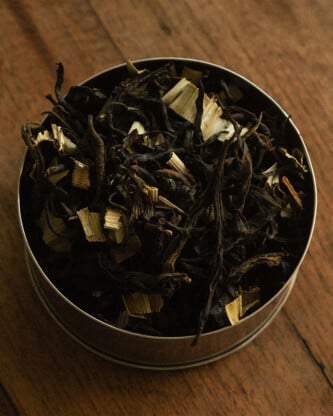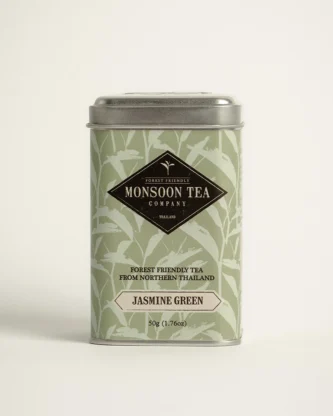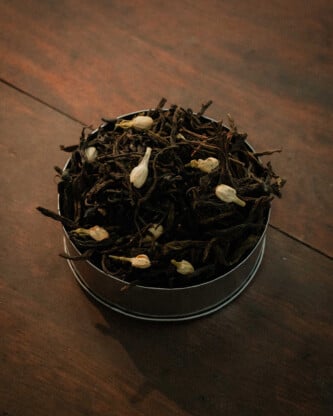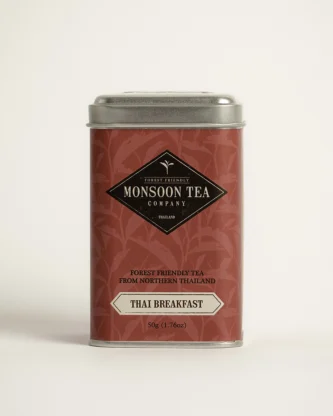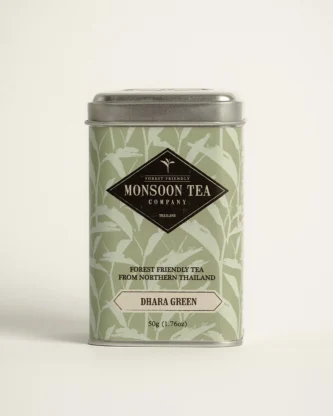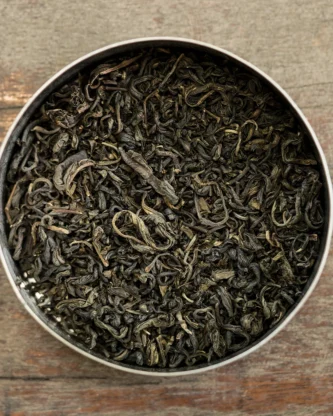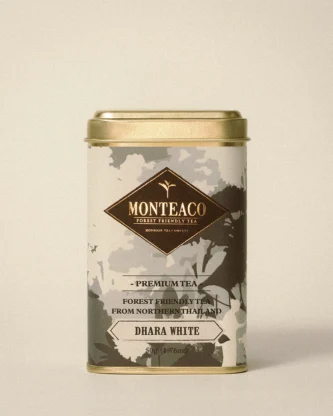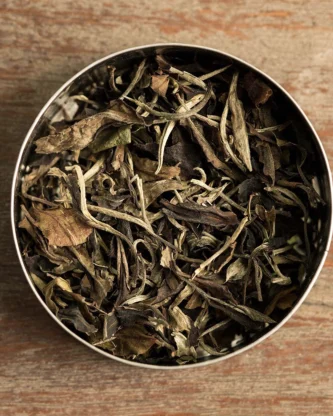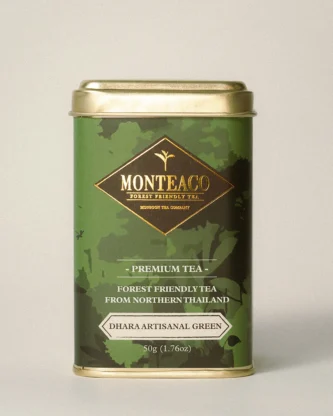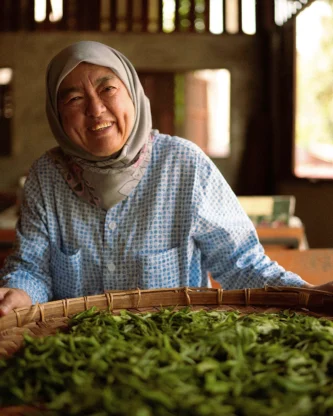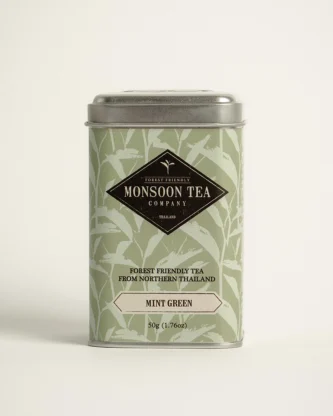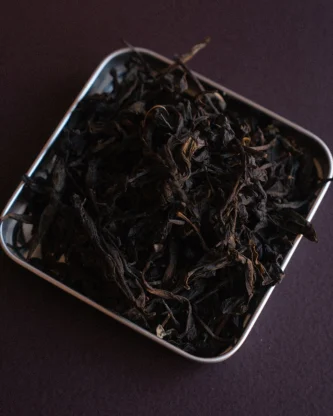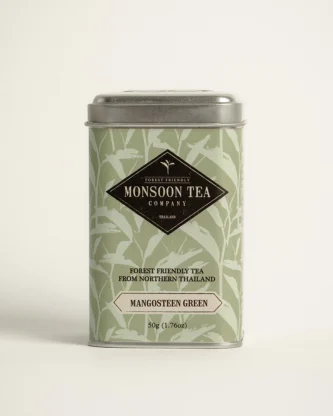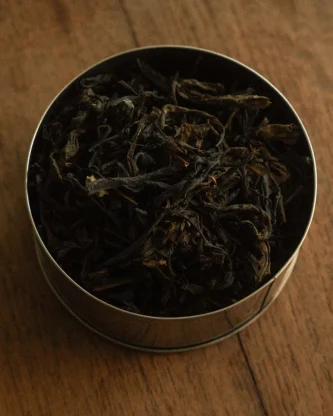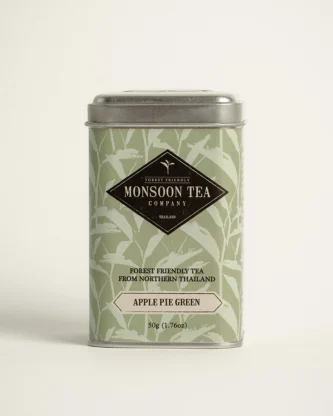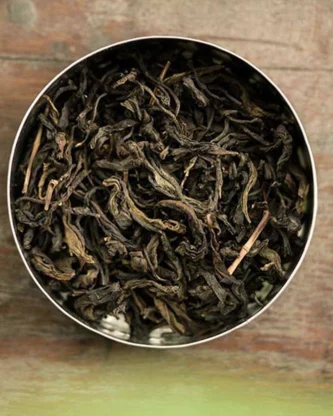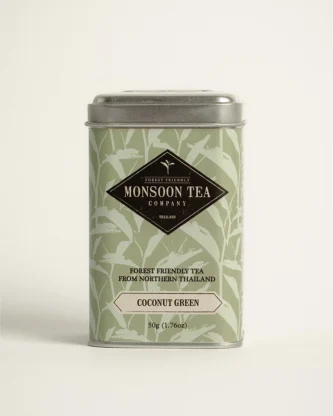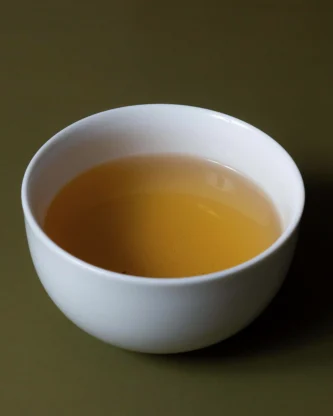TEA ORIGIN MAP
Learn more about the areas where we work closely together with local communities to protect nature and produce Forest Friendly Tea in Northern Thailand.
Lampang, Thailand
Chiang Rai, Thailand
Chiang Mai, Thailand
Nan, Thailand
Pa Hmiang
The Pa Hmiang village in Lampang province has lived in harmony with the surrounding forest for generations. The community is rooted in the Tai Lue culture and its strong connection to the forest, unique textile traditions, and distinct cuisine drawing on Hmiang produced by fermenting tea leaves. Only recently has Pa Hmiang taken up to crafting tea for drinking. Monsoon Tea Company is proud to collaborate with this community in protecting their unique forest friendly livelihoods.
Mae Suai
In the highlands of Chiang Rai Mae Suai, we work with an Akha community that lives amid centuries-old Assam tea forests. Here the tea grows in harmony with coffee, another important crop for the community. Specialized on white tea, the community produces a unique and distinct variety of tea that is suitable both for pure and flavoured blends.
Doi Wawee
Doi Wawee has a strong tea heritage based on the cultivation of both Assam and high-grade Chinese teas. Doi Wawee has a long history of cultivating Assamica tea, with some tea trees believed to be over a century old. The community is both historically significant and agriculturally vital. This Sino-Thai community has strong links with Mae Salong, another community tracing its origin from Yunnan in China. Tea makers in Doi Wawee are well known as Pu’er specialists, passing on this Yunnanese tradition of making fermented and compressed tea.
Doi Mae Salong
A monoculture plantation turned forest, without interrupting tea production! That’s the intention of our relatively new Mae Salong project, started in 2024. Through friends around the mountains we got the opportunity to sign a long-term lease of an existing tea plantation in the famous tea area Mae Salong with the goal to reforest the land while maintaining production. This is our first true reforestation project where we aim to show that it’s not only possible to grow tea in existing forests, but it’s also possible to create highly biodiverse areas in conventional plantations. In this area we are involving the local community, regional stakeholders and governmental organizations to make sure that we create a process that works and can easily be replicated in other similar areas.
Fang
This is the first area we started to work with back in 2012 and it acts as our main production site of Forest Friendly Tea. Together with the local Lahu community we have managed to make sure that forested areas stay protected while people earn more money from the tea picked and produced. Our story in the area starts with Monsoon Tea founder Kenneth meeting our good friend John whose family has a rich history and shares a deep connection with the mountain known as Doi Pu Muen. In the beginning we worked together to pick the tea in the mountain and transport it to the closest city where John had a tea factory, focusing mostly on making black tea, but in 2024 we moved the machinery up the mountain and now instead produce all tea as close to the source as physically possible.
Biodiversity Score
C - Restoring Nature
B - Improving Nature
A - Preserving Nature
Karen Village
A remote karen village in the mountains, with no cell service or paved roads leading there is where we found ourselves in 2014 after initial contacts where made through our producer Dhara. After venturing to the area and seeing the fantastic ways tea was growing together with nature we started to pick leaves and transport them to Dhara’s factory where she makes the fantastic tea Karen Oolong. At the moment this is the only tea we are making from this area but we have high hopes to further our collaboration in the near future, working with the community to produce white tea locally.
Mae Sae
Here we work closely together with a talented team of women led by tea master Dhara. Our relationship started in 2014 as our founder Kenneth traveled to the area meeting producers and exploring the teas of the region. In Dhara we found a partner who both could make fantastic tea and had ownership of a large plot of land in the forest, where tea was growing freely in harmony with nature. Dhara herself made tea in the beginning from a smaller conventional garden close to her home, but through joint efforts we are now making sure that the community can earn more money by working with Forest Friendly Tea instead.
Biodiversity Score
C - Restoring Nature
B - Improving Nature
A - Preserving Nature
Nan
A message from a swiss linguist living in Nan telling our founder Kenneth he knew of plenty of tea in the forests led us here, to the easternmost region of Northern Thailand on the border to Laos. To see for ourselves what the situation might be like we hopped in the car and went on the 6 hour drive off to a remote mountain, finding loads of tea but no tea production. The only local use for these plants has been and still is to make the fermented tea for eating, hmiang. The story is similar to the rest of Northern Thailand and further confirms that hmiang is the original tea culture of the country. To make sure that future generations can continue working with tea in sustainable ways we are starting a small project to initially produce white tea in the area as we strengthen our relationship.
